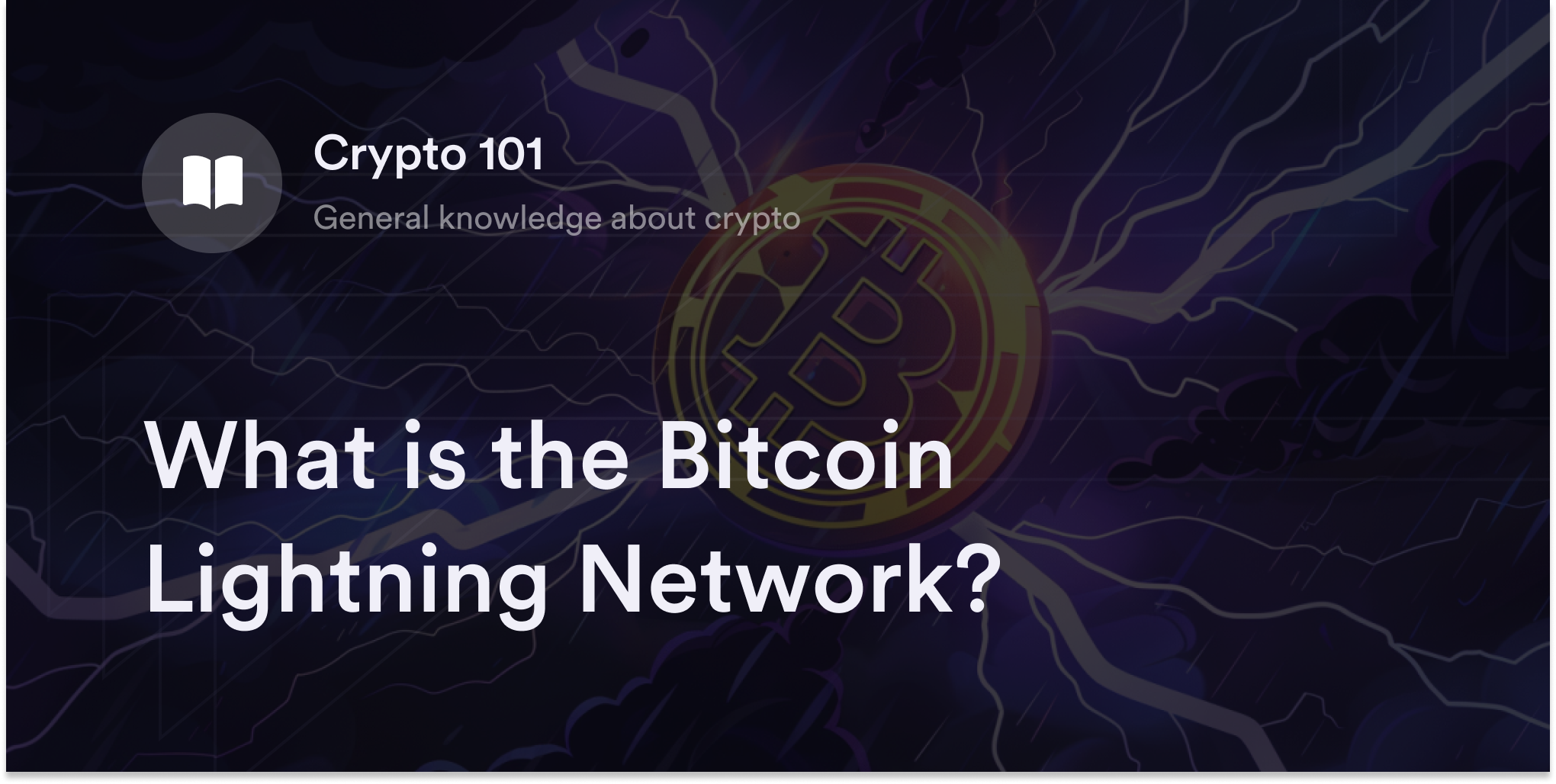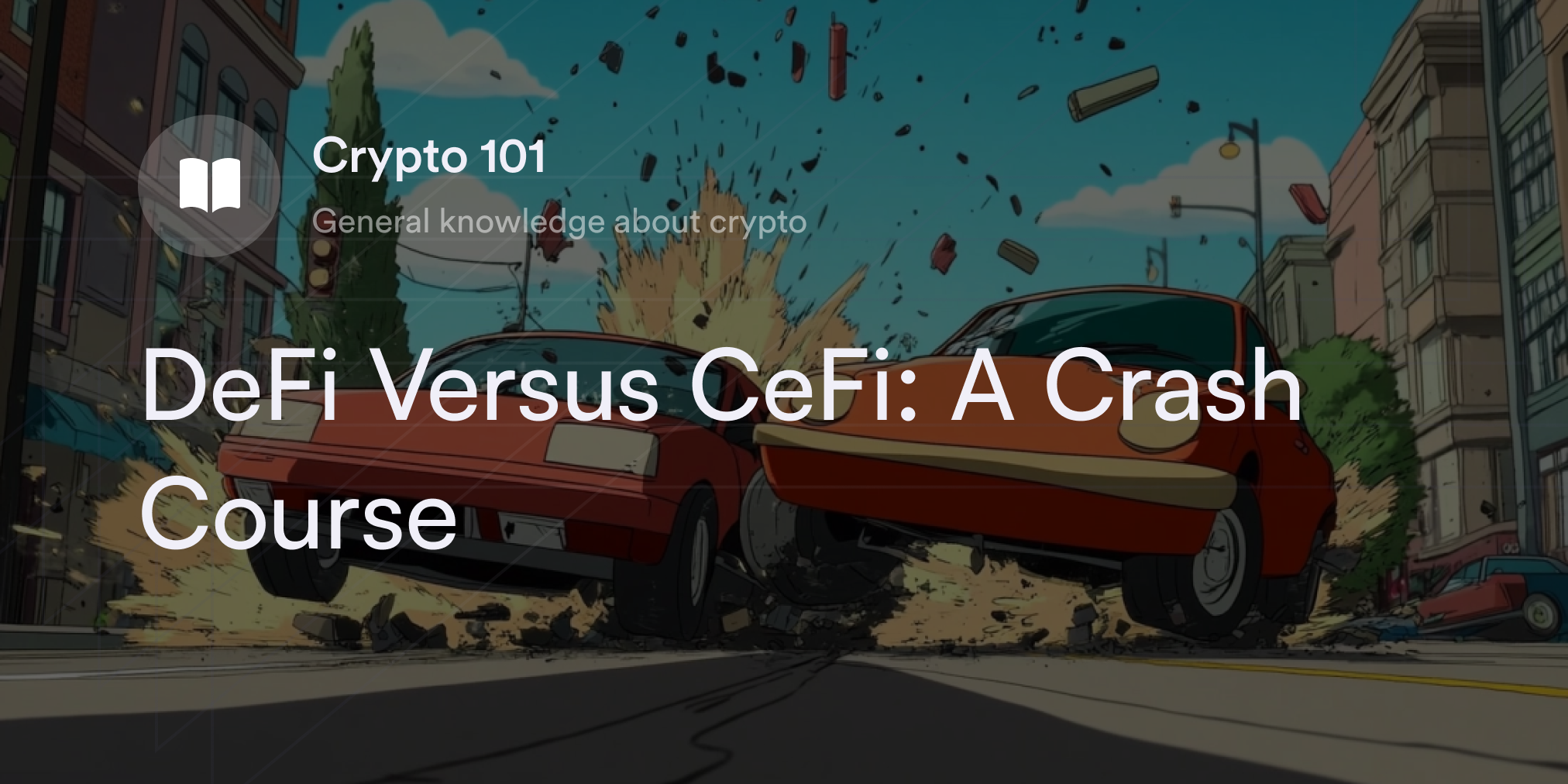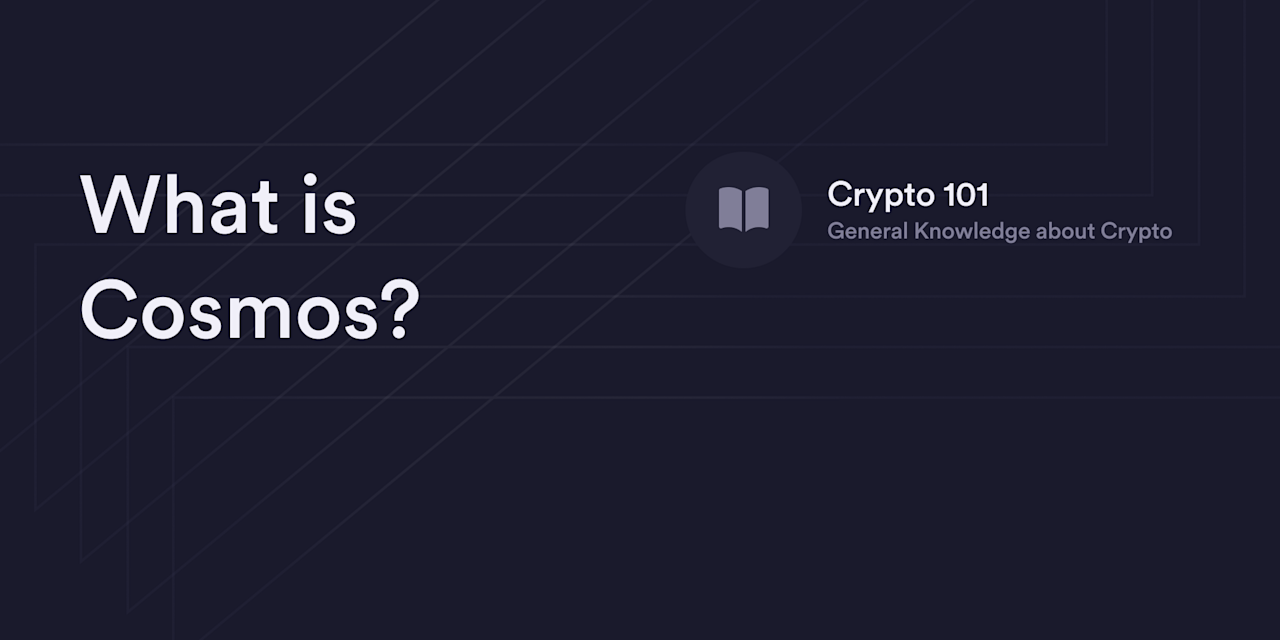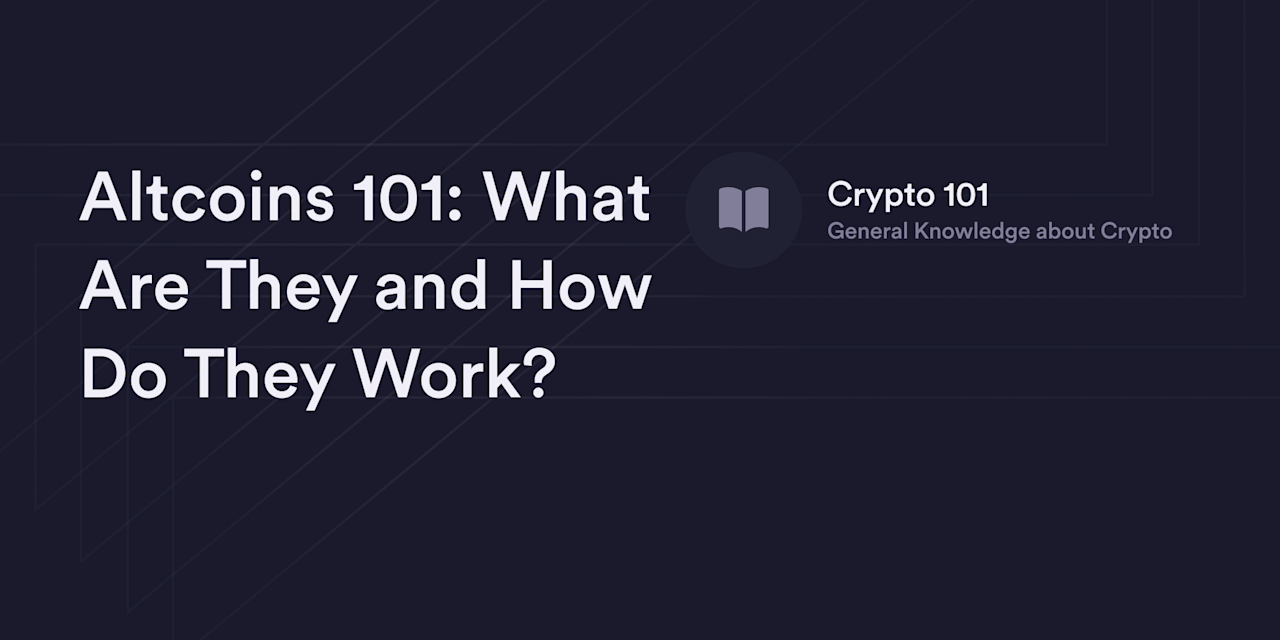


As the world’s oldest and most prominent virtual currency, Bitcoin (BTC) tends to attract the most trading activity in the cryptocurrency space. In fact, Bitcoin’s daily trading volume often surpasses hot tech stocks like Apple. However, as traders explore cryptocurrency exchanges, they soon discover two versions of Bitcoin to buy: BTC and Wrapped Bitcoin (wBTC). Although both trade for the same price, they have different logos and are always in separate categories.
While BTC and wBTC look identical, there are significant differences between these digital assets. Traders must understand what Wrapped Bitcoin is and how it’s different from Bitcoin before investing.
What is Wrapped Bitcoin? What is the difference between Bitcoin and Wrapped Bitcoin?
Wrapped Bitcoin is Bitcoin’s tokenized version designed to work on Ethereum’s blockchain. In cryptocurrency, a token is a digital asset built on top of a preexisting blockchain, while a coin is native to its blockchain network. Therefore, Bitcoin is a coin because it exists within its proprietary blockchain, whereas wBTC is an ERC-20 token created on the Ethereum network.
Wrapping is a technical process that makes digital assets compatible with various crypto networks or blockchains. Although all cryptocurrencies use blockchain technology to broadcast and post transactions, each chain has unique protocols that aren’t always able to communicate with other blockchains. For instance, if a trader sent Ethereum (ETH) to a Bitcoin wallet address, the ETH wouldn’t appear because these networks don’t understand each other’s programming language. Wrapped tokens solve this problem by converting a cryptocurrency into a synthetic tokenized form that meets another blockchain’s coding standards.
wBTC is an Ethereum-compatible wrapped token that mirrors Bitcoin’s current price. Each wBTC matches Ethereum’s ERC-20 token standard, making it possible for the Ethereum blockchain to process wBTC transactions. Traders holding wBTC can use this cryptocurrency on Ethereum’s decentralized finance (DeFi) services to exchange value, trade, or earn interest.
Cryptocurrency custodian BitGo and decentralized crypto projects Ren and the Kyber Network introduced wBTC on Ethereum in 2018. To this day, BitGo creates or mints new wBTC tokens whenever a depositor sends BTC to its cryptocurrency reserves. Since every wBTC in existence needs an equivalent amount of BTC collateral, it’s impossible to issue more wBTC than BTC’s total coin supply. If people want to “unwrap” their wBTC, they send wBTC to BitGo to receive BTC’s equal amount stored in BitGo’s vault. BitGo destroys or burns every wBTC it receives to ensure an equal amount of BTC in reserve and wBTC in circulation. For transparency, BitGo publishes its wBTC order books online so everyone can review the inflows and outflows of this token.
What is the purpose of Wrapped Bitcoin?
The primary purpose of wBTC is to give crypto traders an easy way to use their BTC holdings in Ethereum’s DeFi sector. Unlike the Bitcoin blockchain, Ethereum supports autonomous programs called smart contracts to help developers create decentralized applications (dApps). These dApps function similarly to current web-based applications but without intermediaries, companies, or institutions behind them. Instead, dApps execute commands based on their smart contract’s programming code.
DeFi dApps offer dozens of financial services without third parties, such as banks or governments. Since wBTC is an Ethereum-compatible token, traders use it to access decentralized trading, lending, and borrowing in dApps such as Uniswap, Compound, and Curve Finance. For instance, if BTC holders want to earn passive income on their long-term Bitcoin investments, they can mint wBTC and lend it on a DeFi dApp such as Aave. Alternatively, a trader might use wBTC as crypto collateral to take out a loan from an Ethereum-based DeFi site such as MakerDAO. With wBTC, traders have greater flexibility to put their BTC to use in Ethereum’s expanding DeFi industry.
Another reason people use wBTC over BTC is to take advantage of the Ethereum blockchain’s faster transaction speeds. Although Ethereum doesn’t have the fastest confirmation speed in cryptocurrency, it tends to be quicker than the Bitcoin network. Currently, Bitcoin’s blockchain processes about seven transactions per second (TPS), but Ethereum handles about 25. Also, following “The Merge,” Ethereum’s 2022 update, developers have been working on advanced scaling solutions such as “sharding” to increase Ethereum’s TPS to 100,000. Therefore, people prioritizing fast transaction finality might send wBTC and reconvert it to BTC after it arrives in their target wallet address.
How to wrap Bitcoin
Since wBTC is a common wrapped cryptocurrency, it’s readily accessible in the cryptocurrency market. Traders don’t need to send their BTC directly to BitGo if they want to add wBTC to their portfolios. Many major centralized exchanges (CEXs) such as Coinbase and Kraken offer wBTC trading pairs, and decentralized exchanges (DEXs) such as Uniswap also have wBTC.
To see which crypto exchanges sell wBTC, visit a third-party crypto price aggregator website like CoinMarketCap and search for “Wrapped Bitcoin.” On CoinMarketCap’s wBTC page, look for the “Exchanges” tab that lists the trading platforms offering wBTC. If traders can’t find an exchange they’re interested in on CoinMarketCap, the official Wrapped Bitcoin portal has a list of approved “Partners” offering wBTC.
After reviewing all exchanges with wBTC, you can set up an account on a CEX or link a crypto wallet to a DEX. On the CEX, you can transfer funds from a bank, debit card, or fintech app to your account. Once the money arrives in the CEX’s account, search for “wBTC” and trade as much as you want for wBTC.
In contrast, DEXs run on top of blockchains such as Ethereum, so there are no signup procedures. Instead, you must link a crypto wallet (e.g., MetaMask or Trust Wallet) to a DEX’s portal. After connecting the crypto wallet, swap any available cryptocurrency for wBTC. All transfers on DEXs are peer-to-peer (P2P), so check that the wBTC enters your crypto wallet once the transaction clears.
Risks of using Wrapped Bitcoin
The greatest risk associated with wBTC is its high reliance on cryptocurrency custodians, primarily BitGo. Although BitGo releases transparency reports to prove its wBTC issuance schedule, it’s a central failure point. Depositors must trust BitGo will protect their Bitcoin and always have enough funds to repay them when they unwrap their wBTC.
There have been a few cases when hackers successfully stole BTC from vaults used to create wBTC, including the 2021 theft of 2,100 BTC from the Ethereum protocol BadgerDAO. While this doesn’t necessarily mean wBTC is unsafe, traders must know wBTC is more centralized than Bitcoin.
Eligible traders can trade Bitcoin perpetuals on dYdX
Bitcoin perpetual contracts are another way for traders to gain price exposure to the world’s largest cryptocurrency. Unlike BTC and wBTC, BTC perpetuals are derivative products, meaning traders don’t need to hold or transfer literal cryptocurrencies. Unlike standard futures contracts, BTC perpetuals don’t have an expiry date, so traders close their position whenever they want.
To learn more about crypto, check out dYdX Academy, our in-house education hub. dYdX also offers eligible traders access to low-fee crypto perpetuals trading for Bitcoin and dozens of altcoins on our decentralized exchange. To know more, check out dYdX’s official blog, and eligible traders can start trading on dYdX today.
Disclosures
The content of this article (the “Article”) is provided for general informational purposes only. Reference to any specific strategy, technique, product, service, or entity does not constitute an endorsement or recommendation by dYdX Trading Inc., or any affiliate, agent, or representative thereof (“dYdX”). Use of strategies, techniques, products or services referenced in this Article may involve material risks, including the risk of financial losses arising from the volatility, operational loss, or nonconsensual liquidation of digital assets. The content of this Article does not constitute, and should not be considered, construed, or relied upon as, financial advice, legal advice, tax advice, investment advice, or advice of any other nature; and the content of this Article is not an offer, solicitation or call to action to make any investment, or purchase any crypto asset, of any kind. dYdX makes no representation, assurance or guarantee as to the accuracy, completeness, timeliness, suitability, or validity of any information in this Article or any third-party website that may be linked to it. You are solely responsible for conducting independent research, performing due diligence, and/or seeking advice from a professional advisor prior to taking any financial, tax, legal, or investment action.
You may only use the dYdX Services in compliance with the dYdX Terms of Use available here, including the geographic restrictions therein.
Any applicable sponsorship in connection with this Article will be disclosed, and any reference to a sponsor in this Article is for disclosure purposes, or informational in nature, and in any event is not a call to action to make an investment, acquire a service or product, or purchase crypto assets. This Article does not offer the purchase or sale of any financial instruments or related services.
By accessing this Article and taking any action in connection with the information contained in this Article, you agree that dYdX is not responsible, directly or indirectly, for any errors, omissions, or delays related to this Article, or any damage, injury, or loss incurred in connection with use of or reliance on the content of this Article, including any specific strategy, technique, product, service, or entity that may be referenced in the Article.







